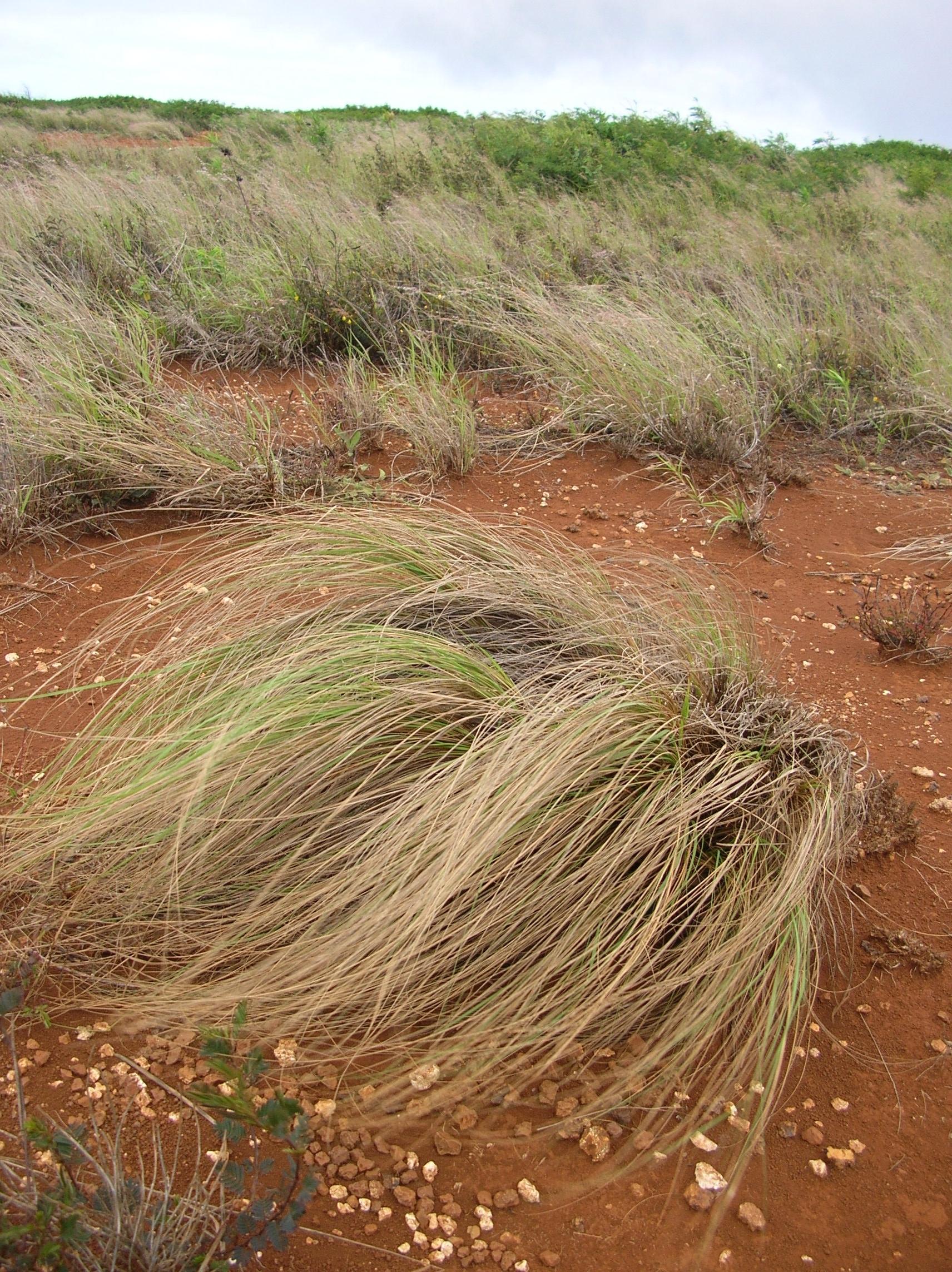
Weeping lovegrass (Eragrostis curvula)
Weeping lovegrass, also known as Boer lovegrass, Catalina lovegrass
**Benefits of Eragrostis curvula (Weeping Lovegrass) in Non-Native Regions:**
1. **Erosion Control**: Its rapid growth and dense root system make it effective for preventing soil erosion.
2. **Drought Tolerance**: It thrives in dry climates, making it a valuable plant in arid regions.
3. **Forage Resource**: Provides nutritious forage for grazing animals.
4. **Versatility**: Grows well in various soil types and environmental conditions.
**Drawbacks of Eragrostis curvula in Non-Native Regions:**
1. **Invasive Nature**: It can spread aggressively, outcompeting native flora and altering local ecosystems.
2. **Biodiversity Reduction**: Its dominance can lead to a decrease in native plant diversity.
3. **Management Challenges**: Controlling its spread requires significant effort and resources.
4. **Ecosystem Disruption**: Can change habitat structures, affecting wildlife that depend on native plants.
In summary, while Eragrostis curvula is beneficial for erosion control and forage production, its invasive potential and impact on local biodiversity make it a species that requires careful management in non-native regions.